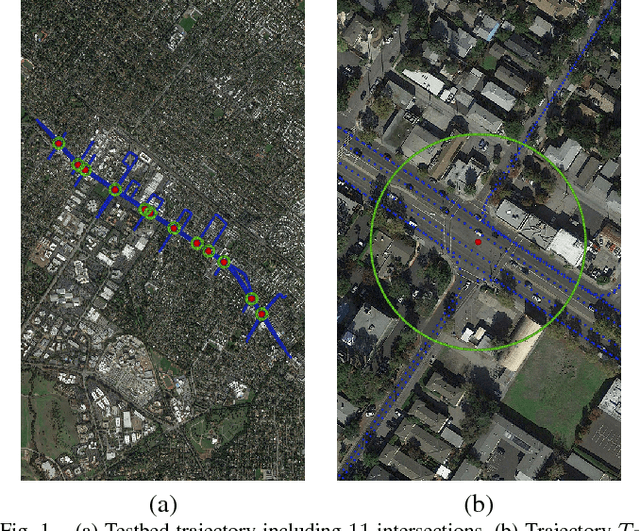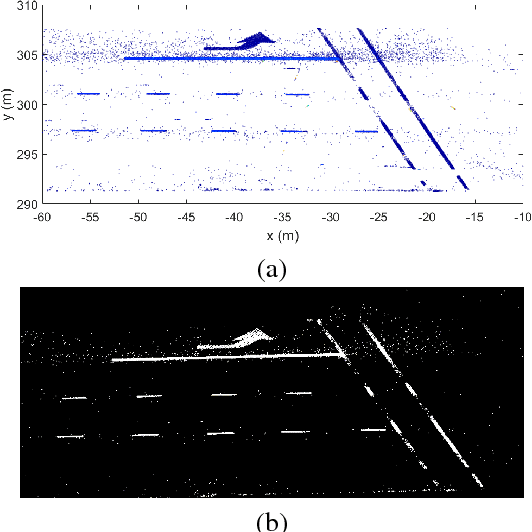Jay A. Farrell
Optimization-Based Outlier Accommodation for Tightly Coupled RTK-Aided Inertial Navigation Systems in Urban Environments
Jul 18, 2024



Abstract:Global Navigation Satellite Systems (GNSS) aided Inertial Navigation System (INS) is a fundamental approach for attaining continuously available absolute vehicle position and full state estimates at high bandwidth. For transportation applications, stated accuracy specifications must be achieved, unless the navigation system can detect when it is violated. In urban environments, GNSS measurements are susceptible to outliers, which motivates the important problem of accommodating outliers while either achieving a performance specification or communicating that it is not feasible. Risk-Averse Performance-Specified (RAPS) is designed to optimally select measurements to address this problem. Existing RAPS approaches lack a method applicable to carrier phase measurements, which have the benefit of measurement errors at the centimeter level along with the challenge of being biased by integer ambiguities. This paper proposes a RAPS framework that combines Real-time Kinematic (RTK) GNSS in a tightly coupled INS for urban navigation applications. Experimental results demonstrate the effectiveness of this RAPS-INS-RTK framework, achieving 84.05% and 89.84% of horizontal and vertical errors less than 1.5 meters and 3 meters, respectively, using a deep-urban dataset. This performance not only surpasses the Society of Automotive Engineers (SAE) requirements, but also shows a 10% improvement compared to traditional methods.
Challenges in Partially-Automated Roadway Feature Mapping Using Mobile Laser Scanning and Vehicle Trajectory Data
Feb 09, 2019



Abstract:Connected vehicle and driver's assistance applications are greatly facilitated by Enhanced Digital Maps (EDMs) that represent roadway features (e.g., lane edges or centerlines, stop bars). Due to the large number of signalized intersections and miles of roadway, manual development of EDMs on a global basis is not feasible. Mobile Terrestrial Laser Scanning (MTLS) is the preferred data acquisition method to provide data for automated EDM development. Such systems provide an MTLS trajectory and a point cloud for the roadway environment. The challenge is to automatically convert these data into an EDM. This article presents a new processing and feature extraction method, experimental demonstration providing SAE-J2735 map messages for eleven example intersections, and a discussion of the results that points out remaining challenges and suggests directions for future research.
 Add to Chrome
Add to Chrome Add to Firefox
Add to Firefox Add to Edge
Add to Edge